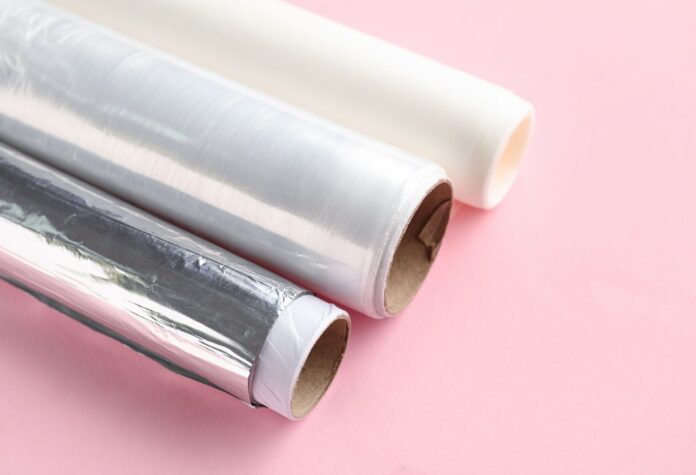In today’s fast-paced consumer market, packaging is more than just a way to protect products; it’s a crucial aspect of branding and customer experience. One of the most versatile and effective packaging solutions is custom blister packaging. If you’re exploring options for your products or just curious about this packaging method, you’re in the right place. Let’s dive into the world of custom blister packaging and uncover why it’s a game-changer for businesses.
What is Custom Blister Packaging?
Custom blister packaging involves creating a unique, plastic-based shell (the blister) that holds and displays a product. The blister is typically heat-sealed to a backing card made of paperboard or aluminum. This method showcases the product while providing excellent protection against tampering and damage.
Types of Blister Packaging
- Face Seal Blister: The blister is heat-sealed to a cardboard backing, displaying the product clearly.
- Full Face Seal Blister: The plastic extends to the edges of the backing card, offering extra strength.
- Trapped Blister: The blister is sandwiched between two cards, enhancing security and presentation.
- Clamshell: A hinged, two-piece blister that closes securely, often reusable.
Why Choose Custom Blister Packaging?
1. Enhanced Product Visibility
Custom blister packaging allows consumers to see the product clearly before purchase. The transparent plastic showcases the item, highlighting its features and benefits, which can drive purchasing decisions.
2. Superior Protection
Products in blister packs are shielded from environmental factors, such as moisture and dust, and physical damage. This packaging is particularly beneficial for fragile items like electronics, pharmaceuticals, and delicate tools.
3. Tamper Evident
Blister packaging is designed to deter tampering. Once sealed, it’s evident if someone has tried to open the package. This feature is crucial for products where safety and integrity are paramount, such as medications and food items.
4. Cost-Effective
Blister packaging can be a cost-effective solution, especially for high-volume products. The materials used are generally affordable, and the manufacturing process can be highly automated, reducing labor costs.
5. Customization Options
From shape and size to printing and materials, custom blister packaging offers extensive customization. This flexibility ensures that the packaging not only protects but also enhances your brand’s appeal.
Applications of Custom Blister Packaging
1. Pharmaceuticals
Blister packs are widely used in the pharmaceutical industry for pills, tablets, and capsules. They ensure each dose is protected and can be accessed individually, maintaining product integrity and dosage accuracy.
2. Consumer Electronics
Small electronics and accessories, such as headphones, USB drives, and batteries, benefit from blister packaging. The clear plastic allows customers to view the product, while the secure seal protects against tampering and damage.
3. Toys and Games
Toys, action figures, and small game pieces are often packaged in blisters. The packaging can be designed to include colorful, engaging graphics that appeal to children and their parents.
4. Tools and Hardware
Blister packaging is ideal for tools and small hardware items. It protects the products while allowing customers to see them clearly, making it easier to choose the right item.
5. Food and Confectionery
Certain food items and candies are also packaged in blisters. This method helps maintain freshness and hygiene, especially for products sold in single servings.
Designing Your Custom Blister Packaging
1. Understand Your Product
The first step in designing custom blister packaging is to thoroughly understand your product. Consider its size, shape, fragility, and how it will be used. This information will guide the design process, ensuring the blister pack provides adequate protection and visibility.
2. Choose the Right Materials
Select materials that offer the right balance of protection, cost, and sustainability. Common materials include PVC, PET, and RPET. PET and RPET are more environmentally friendly options, with RPET being made from recycled plastic.
3. Focus on Branding
Your packaging is a powerful marketing tool. Incorporate your brand’s colors, logos, and messages into the design. High-quality printing on the backing card can make your product stand out on the shelves.
4. Consider User Experience
Make sure the packaging is easy to open and, if applicable, reseal. Overly complex packaging can frustrate customers and negatively impact their experience with your product.
5. Sustainability
With increasing consumer demand for eco-friendly products, consider designing blister packs that are recyclable or made from recycled materials. This not only benefits the environment but also enhances your brand’s image.
The Manufacturing Process
1. Design and Prototyping
The process begins with designing the blister and backing card. A prototype is created to ensure the packaging fits the product perfectly and meets all requirements.
2. Tooling
Once the design is approved, tooling is created. This involves making molds that will shape the plastic blisters.
3. Forming
In this step, plastic sheets are heated and formed into the desired shape using the molds. The formed blisters are then trimmed to size.
4. Sealing
The product is placed in the blister, which is then sealed to the backing card using heat and pressure. The sealing method depends on the type of blister packaging being produced.
5. Quality Control
Each blister pack undergoes strict quality control to ensure it meets the required standards and specifications. This step is crucial for maintaining product integrity and customer satisfaction.
Conclusion
Custom blister packaging is a versatile, effective, and cost-efficient solution for a wide range of products. Its ability to protect, display, and enhance the appeal of products makes it a preferred choice across various industries. Whether you’re in pharmaceuticals, electronics, toys, tools, or food, custom blister packaging can provide the perfect packaging solution tailored to your needs.
By understanding the benefits, applications, and design considerations, you can make an informed decision and leverage custom blister packaging to elevate your product and brand. As consumer preferences continue to evolve, staying ahead with innovative packaging solutions will ensure your product not only stands out but also meets the demands of today’s market.


